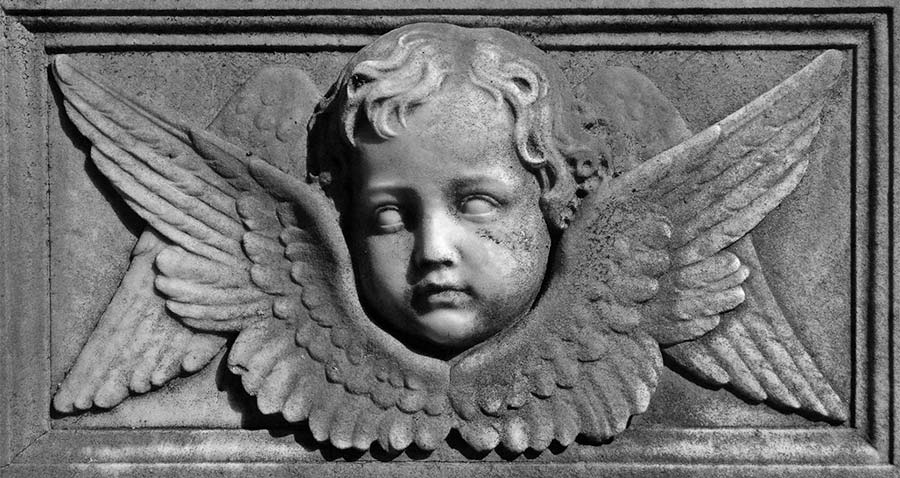Duke Kahanamoku’s 125th Birthday Recognized by Google
Below is a re post from the National Trust for Historic Preservation's Blog. August 24, 2015 Today Google released a Google Doodle featuring Hawaii’s most famous waterman, Duke Kahanamoku, and his iconic 16-foot, 114 pound wooden surfboard. Duke, who would have turned 125 years old today, was a legendary competitive swimmer and a key figure in the history the Natatorium. In 1911 he broke the world record for the 100 meter freestyle by 4 ½ seconds in Honolulu Harbor. He would go on to win five gold medals in swimming for the U.S. in the next two decades (despite the cancellation of the 1916 Games during World War I). Many believe that Duke’s accomplishments were the inspiration to build the Natatorium as the Territory of Hawaii’s official War Memorial. Duke was such a legend following his Olympic successes that he was invited take the inaugural lap in the Natatorium. In fact, the opening ceremonies were timed to happen on the occasion of Duke’s 37th birthday, August 24, 1927. The crowd roared as Hawaii’s “Ambassador of Aloha” plunged into the pool before a packed house. “I will never forget it,” he later exclaimed, “the intense interest shown by everybody, the color, that wonderful Waikiki pool. I had to rub my eyes and pinch myself to see if it were not all a dream.” Here is a video of Duke winning the 100-meter freestyle at the Antwerp 1920 Olympic Games, his second gold medal in the event. Also check out some vintage footage of Duke surfing at Waikiki Beach.



